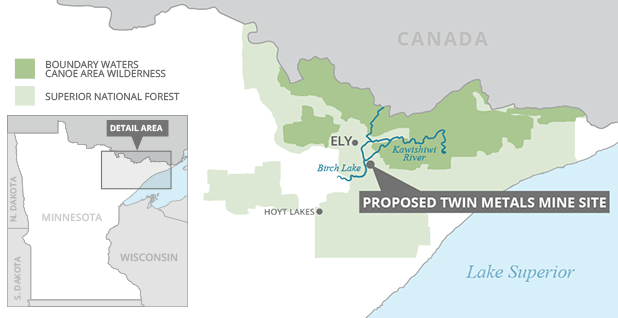As demand soars for foreign farm workers, legislators and President Trump's administration are taking a hard look at revamping and expanding the H2A guest worker visa program while cutting down on the number of permanent resident visas. Critics say farmers have abused guest workers by not paying them enough and providing inadequate living and working conditions.
A slew of bills are addressing the issue. Chairman of the
House Judiciary Committee and
Agriculture Committee member Rep. Bob Goodlatte (R-Va.) "last month said it was 'well past the time to replace the outdated and onerous H2A program' and activists said they expect him to introduce a bill aimed at the program later this year," Alejandro Lazo
reports for
The Wall Street Journal. Another bill would create a pilot program to put each state in charge of its own guest worker program, possibly eliminating federal oversight. Rep. Rick Allen (R-Ga.) proposed a bill that favors farmers' interests by limiting the ability of legal aid attorneys to represent guest farm workers. "That bill would also move administration of the program to the
Agriculture Department, change the methodology for how wage rates are calculated and eliminate the obligation to provide housing as long as a state’s governor certified that farmworker housing was available," Lazo reports.
The
Labor Department is trying a different tack. This year they filed a federal lawsuit—the first of its kind—against
G Farms, an operation just outside Phoenix that relies on legal migrant workers. The workers contacted the Mexican Consulate about their working conditions, and the Consulate contacted the Labor Department. Some guest workers at the farm told Lazos that they had no complaints about the farm. The Labor Department alleged in the suit that the farm's owner, Santiago Gonzalez, "underpaid some of its 69 workers by not offering a set, hourly wage and housed them in an 'encampment' consisting of yellow school buses and semitrailers that 'violated numerous safety, sanitation and fire code regulations,'" Lazos reports. In a first, the department won a preliminary injunction against a farm using guest farm workers. The judge ordered Santiago to stop housing his workers in the encampment and made him house them in apartments or a motel for the rest of the season.
 |
This school bus was used as a kitchen for guest farm workers at G Farms.
(Photo by U.S. Department of Labor) | |
Jason Resnick, the vice president and general council for the
Western Growers Association, said the lawsuit is proof that the Labor Department is on top of their game, and serves as proof that abuse is not rampant. The Western Growers Association represents the interests of farmers in Arizona, California and Colorado. But Bruce Goldstein, president of
Farmworker Justice, says many migrant workers live in crowded group shelters, trailers, and sometimes even their cars.
Whatever new laws are passed to improve pay or living conditions, farmers will have little choice but to comply if they want workers. Because of the Trump administration's crack-down on illegal immigration, there are far fewer workers around to harvest crops and they can be more choosy about where to work. That affects even farmers who only hire legal guest workers. Michael King, the attorney representing G Farms, says it's worth it to
defend the suit because "without the H2A visa workers it is very, very
hard to harvest onions and watermelons in Arizona."



























